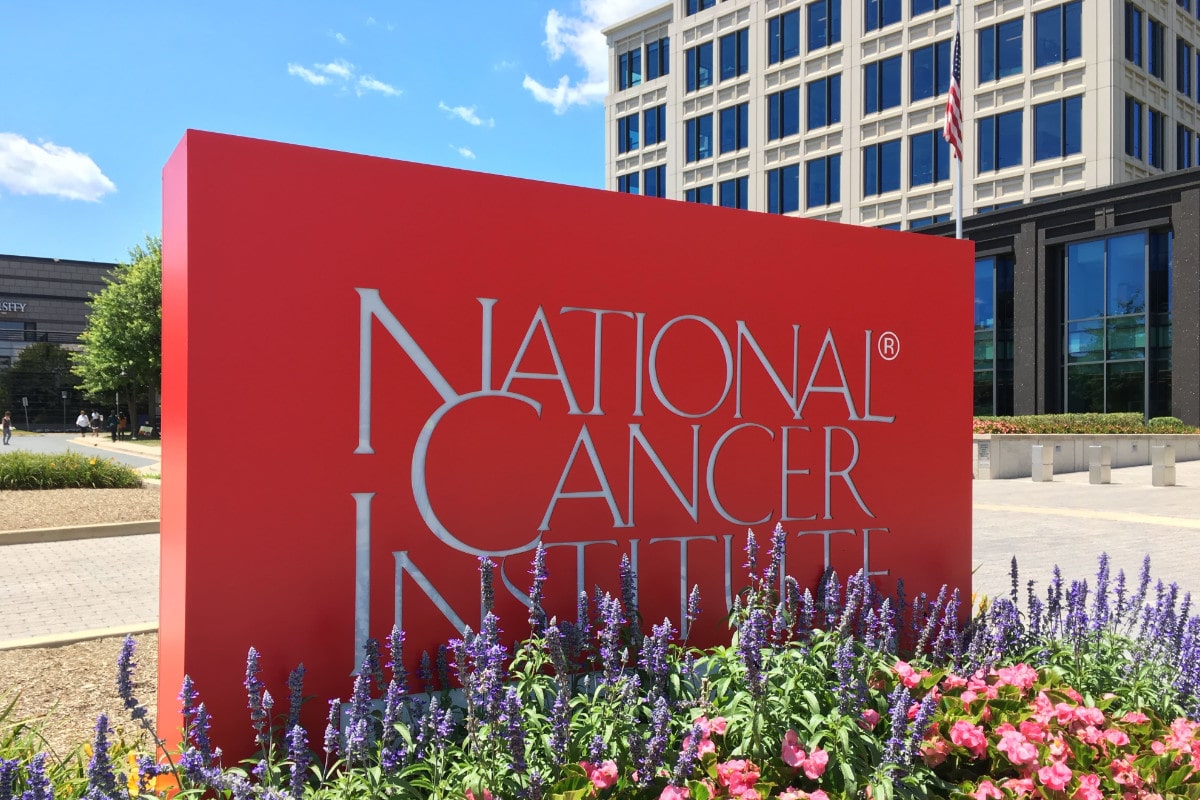The Top 5 Countries For Cancer Treatment

A brief overview of cancer
The term ‘cancer’ covers a large group of diseases which can start in almost any organ or tissue within the body, from the brain to bone marrow. It manifests itself as the rapid, uncontrollable mutation and proliferation of cells, going beyond the usual boundaries to invade adjoining parts of the body, or spread to other organs (known as metastasis) which is a major cause of death from cancer. A malignant tumour or a neoplasm are two other common terminologies used to describe cancer1.
Globally, cancer is the second leading cause of death, accounting for almost 10 million deaths in 2018 – that equates to one in six deaths. The most common types of cancer in women are colorectal, lung, cervical, breast and thyroid, and in men the most prevalent types are prostate, colorectal, liver, stomach and lung.
The impact of cancer globally
The burden cancer poses continues to grow worldwide, incurring tremendous emotional, physical and financial strains on individuals, families, communities, and healthcare systems. Low- and middle-income countries are the least prepared and adept at managing this burden, as vast numbers of cancer patients around the globe lack access to timely quality diagnosis and treatment. In countries where healthcare systems are strong, mostly in high-income countries, cancer survival rates are on the rise due to accessible early detection, high-quality treatment and survivorship care1.
There is wide variation in cancer outcomes amongst different countries which is due to a plethora of factors, such as national cancer screening policies, variation in the pattern of cancers, presenting stages, access to high quality treatment (surgery, radiotherapy, etc), and cultural barriers2.
Many considerations come into play when seeking the best cancer treatment, including cost, ease of access, waiting time, clinicians’ skills, or even travelling overseas for treatment.
Below is a concise list of the top five countries addressing these most crucial factors:
1. Australia
- Whilst Australia suffers high levels of certain types of cancers, such as skin, prostate, lung, bowel and breast, it has the lowest cancer mortality rate in the world3 – which is a huge achievement. This comes down to their policy and planning infrastructure within their healthcare system which comes out on top globally.
2. The Netherlands
- The Netherlands also scores very highly for care delivery, overall healthcare system and governance, in addition to its robust policy and planning procedures4. The nation prides itself on its rapidity of diagnosis wait times, and in turn has the highest levels of survival, for skin and breast cancers5.
3. USA
- The United States are host to the world’s best cancer treatment centres, including the Abramson Cancer Center in Philadelphia, Roswell Park Cancer Institute in New York, and the renowned Johns Hopkins Hospital Sidney Kimmel Comprehensive Cancer Center in Maryland6. The US has very high survival rates for colorectal cancer, and the highest for breast cancer (over 88%), and many of the world’s leading cancer experts can be found in US cancer institutes.
4. Canada
- The survival rate is above 93% for prostate and breast7, with survival rates in Western Canada, compared to Eastern Canada, in particular being high. Female breast cancer rates have almost halved since the mid-1980s, and this progress is largely in part due to the positive impact that preventative screening programmes have had, in addition to the actual treatments offered for breast cancer.
5. Finland
- Finland is a leading country in cancer care as well as in diagnostics8. Over the years, more and more patients have been going to Finland seeking better treatments, which has been enabled through the EU patient directive. Finland scores consistently highly for treating myriad cancer types, including prostate, breast and adult brain cancers, and has a very high 5-year survival rate. Finnish cancer research is also the most cited in the world, averaging 26.4 citations per paper (in comparison to England’s 17).
It is evident that multiple factors affect the quality of cancer treatment within a country, from its wealth to how the care is carried out, including screening and follow-up, and also choosing to travel abroad for medical treatment.
If you'd like more information on how we can help you connect with healthcare professionals from any of these countries, please leave your details here on our patient page.
When our site launches in November, you'll be the first to know!
References
- WHO
- NCBI
- World Economic Forum
- Expat Focus
- Science Direct
- Top Masters in Healthcare
- Canadian Cancer Society
- Doc Rates
